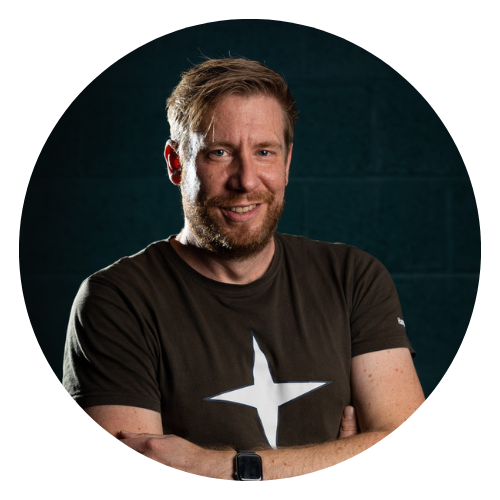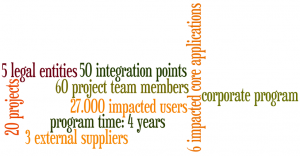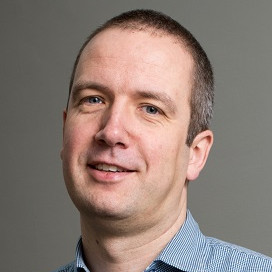This post is the first in a series of six that will take you through the bpost iHRM (integrated human resource management) program. With this series we want to provide some context on the program itself and highlight our contributions and approach on business architecture and project scoping.
The program context (the WHY and HOW)
A few years ago, bpost HR&O (Human Resources & Organization department) concluded that their legacy HR software (custom built with a mix of mainframe and Java applications) couldn't sufficiently support the company's future needs. Especially the following issues were causing a significant business pain:
- Very high maintenance costs of the legacy applications (including a BS2000 mainframe)
- Continued evolution of the existing applications proved to be difficult and expensive due to a suboptimal design of the 'oldest' software components
- Tight coupling between the HR and operational applications (work management and resource planning tools) was hampering swift innovation
In 2010/2011, an RFI/RFP procedure was launched with the goal
- to replace the custom built HR software with a package solution
- outsource some business processes to a payroll provider
- optimize the way HR&O and the operational business units interact (both from a business process point of view as from an IT-integration point of view)
After a thorough selection procedure and blueprinting the architectural alternatives, the implementation program took off in 2012.
As of January 2014 the first phase of the program is live. The new HR package (Oracle’s PeopleSoft) now runs in co-existence with the legacy applications. These are partially stripped from functionality and the mainframe itself has been decommissioned. The project team is now working hard to implement the second phase of the program. In phase 2 we aim for fully decommissioning the legacy applications and realizing the improvements that the company really needs.
What you can expect in the coming posts
Writing about the full program lifecycle from 2011 until now in a few blog posts would be an impossible undertaking. Instead I’ll highlight some important lessons learned and comment on the things that have proven to be valuable and that I would definitely do again.
A quick heads-up on this series’ content:
- The importance of a clear architecture that is presented so clearly that the program sponsor can pitch it.
- Integration. Assure common insights on complex solutions across an extended program team.
- Focus on scope across program & project teams is essential, especially when following an iterative/incremental build approach.
- Business process re-engineering as a key enabler for effective change management.
- Governance. How to efficiently support decision taking in a corporate program?
I really look forward to sharing our experiences and getting your feedback. Don’t hesitate to contact, comment or share your insights!






